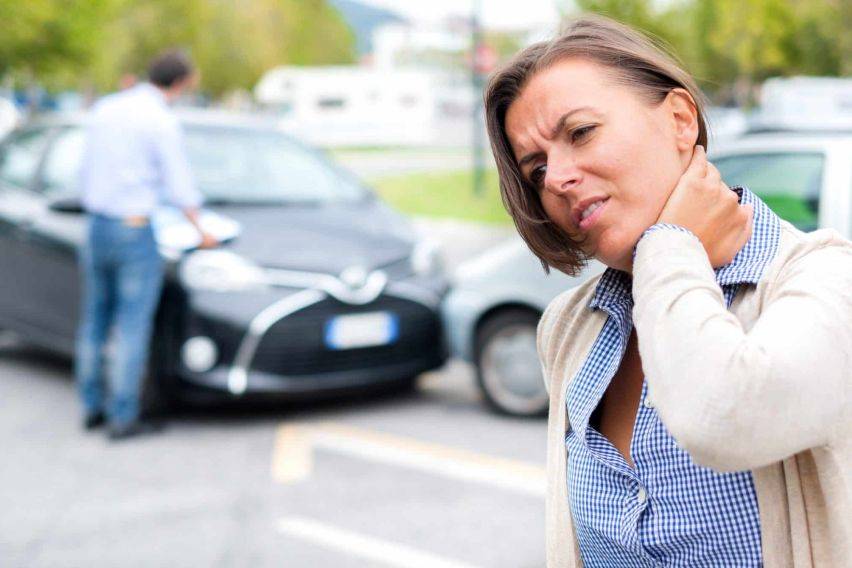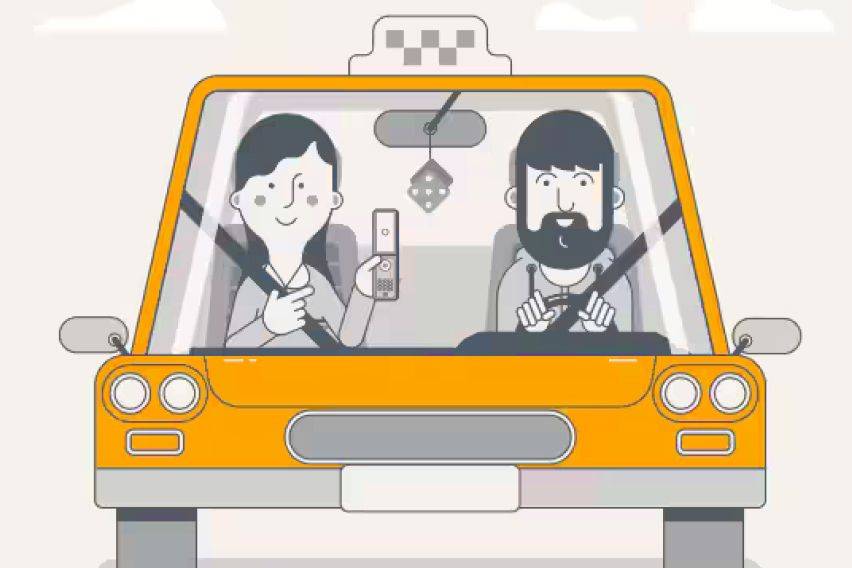Passenger safety: What does your car insurance cover in an accident?

When an accident occurs, understanding what your car insurance covers, particularly for passengers, is crucial. In the Philippines, the Insurance Code and laws governing motor vehicles require all vehicle owners to secure at least CTPL Insurance. This ensures that there’s basic coverage for passengers in case of an accident. For more comprehensive protection, especially for public vehicles or private cars frequently used to transport passengers, vehicle owners often opt for additional coverage such as PIP or Passenger Accident Insurance.
KEY TAKEAWAYS
Is my passenger covered if I’m at fault in the accident?
Yes, if you have Bodily Injury Liability or Passenger Personal Accident Insurance, your passengers can claim coverage for injuries or medical expenses, even if you’re at fault.How do passengers file a claim after an accident?
Passengers should collect the drivers’ insurance information, contact the insurer, and submit the necessary documentation, such as accident reports and medical records.Can passengers file claims from multiple insurance policies?
In some cases, passengers can file claims from both the at-fault driver's insurance and their own driver's insurance, depending on the circumstances.Does car insurance cover all passengers in the vehicle?
Yes, if the car insurance includes Personal Injury Protection or Passenger Accident Insurance, it will cover all passengers up to the limits specified in the policy.Save Up to 60% on Car Insurance Renewal
- CASA Coverage Up To 10 Years Old
- Free Roadside Assistance
- Free Acts of God/Acts of Nature
 T&C
T&C
This article will cover the scope of passenger coverage under car insurance, how it functions, and its legal framework in the Philippines. Further, we’ll also shed light on the different types of coverage available to passengers and their importance for private and public vehicles.
Passenger coverage in car insurance
In the Philippines, car insurance generally offers two main forms of protection -Compulsory Third-Party Liability (CTPL) and Comprehensive Insurance. Both policies provide coverage for injuries to third parties, including passengers. However, the scope and amount of coverage can vary greatly depending on your insurance type.
Compulsory Third-Party Liability (CTPL): This is the most basic form of insurance required by law for every vehicle in the Philippines. It covers injuries or deaths of third parties, including passengers in your vehicle, up to a limited amount. CTPL doesn’t cover damage to your vehicle or injuries to the driver.
Comprehensive Insurance: This optional but highly recommended insurance offers broader protection. Besides covering damage to the vehicle, it also includes Personal Injury Protection (PIP), which can cover both the driver and passengers in the event of an accident.

Also Read: Compulsory Third-Party Liability Insurance (CTPL) vs. Comprehensive Insurance: What's best for you?
Types of Passenger Coverage
Several insurance features cater specifically to the passengers. Let us discuss them in detail -
- Personal Injury Protection (PIP): PIP covers medical expenses for both the driver and passengers, regardless of who caused the accident. If the insured vehicle is involved in a collision, passengers' medical costs, including hospital bills and rehabilitation, are covered. This type of insurance is an add-on under comprehensive insurance policies.
- Bodily Injury Liability (BIL): In case you are at fault for the accident, your Bodily Injury Liability coverage will handle the medical expenses of passengers in the other vehicle, while PIP may cover those in your own vehicle.
- Passenger Personal Accident (PA) Insurance: PA insurance provides higher coverage limits for death, permanent disability, or injury incurred by passengers during an accident. This option is often selected by companies providing public transportation services like taxis and ride-hailing services. Also, for a private vehicle owner PA insurance can be included in a car owner's comprehensive insurance plan.
Also Read: Understanding nature and acts of God coverage for your car in the Philippines
Passenger claims: How to file after an accident

When an accident happens, and passengers sustain injuries, they can file claims under various parts of the insurance coverage. Here’s how the process typically works:
Step 1: Gather information
Passengers need to collect as much data as possible about the accident, including insurance details from both drivers, contact information, and accident reports from the police. If both drivers share fault, passengers may claim against both insurance policies.
Step 2: File a claim
Passengers can then file an insurance claim under the responsible party’s Bodily Injury Liability or the vehicle owner’s PIP coverage. Some policies even allow passengers to claim from both insurance policies.
Step 3: Follow up with the insurance provider
Insurance companies may require medical documentation and accident reports. Passengers may need to work with both the vehicle owner and insurer to ensure proper filing.
Passenger insurance coverage: Under key scenarios
If a passenger is injured in public transport, in the Philippines, transportation companies such as Grab, are required to provide sufficient insurance coverage for their passengers. Public utility vehicles (PUVs) like buses, taxies, and jeepneys are mandated to get Passenger Personal Accident Insurance. This type of coverage ensures that if passengers are injured during a ride, their medical expenses, hospital stays, or rehabilitation costs are covered, regardless of who is at fault.

If the driver is at fault in the accident, the passengers can claim compensation through the driver’s Bodily Injury Liability or Passenger Accident Insurance. This helps cover medical bills, lost wages, and other financial impacts caused by injuries sustained during the accident. In extreme cases involving permanent disability or death, the families of affected passengers may also be eligible for compensation.
Passenger insurance coverage: Safety Tips
While car insurance plays a key role in passenger safety, ensuring the right coverage is equally important. Here are some safety tips for passengers and drivers:
- Check insurance policies regularly: Ensure your policy covers passengers sufficiently, especially if you often travel with others or drive for a TNVS.
- Verify CTPL validity: This is the minimum required insurance, and every vehicle must have it. However, comprehensive insurance is recommended for broader coverage.
- Encourage the use of seatbelts: Regardless of insurance coverage, passengers should always wear seatbelts to reduce the risk of injury.
- Passenger insurance coverage: Exclusions to remember
While most insurance policies cover passenger injuries, there are certain exclusions: - Alcohol or drug Influence: If the driver was under the influence of alcohol or drugs, insurance claims might be denied for passengers.
Intentional harm: If the accident was caused intentionally, insurance will not cover the damages.
Non-disclosure: Failing to disclose critical information to the insurer, such as car modifications or incorrect details, may result in denied claims.
Bottom line
In the Philippines, ensuring passenger safety through car insurance is not only a legal requirement but also a crucial element of responsible driving. While CTPL offers basic protection, opting for comprehensive insurance with add-ons like Personal Injury Protection (PIP) and Passenger Personal Accident Insurance provides more extensive coverage for medical expenses, injury, or death. Understanding the key difference between these policies helps both drivers and passengers safeguard their interests in the unfortunate event of an accident, contributing to greater peace of mind on the road.
Also Read: All you need to know about ‘Loss of Use’ car insurance coverage
Featured Articles
- Latest
- Popular
Recommended Articles For You
Featured Cars
- Latest
- Upcoming
- Popular
Car Articles From Zigwheels
- News
- Article Feature
- Advisory Stories
- Road Test
